Ply-split braiding is a technique where one twisted cord (“splitter”) passes through another twisted cord or cords splitting the plies of the latter cords (“splittee” cords). This is unlike weaving or many forms of braiding where cloth is formed by threads interlacing in an over-under sequence. Pattern is formed by cord color, and splitting order.
Ply-split braiding is an ancient art that is practiced for making elaborate camel girths and other animal regalia of hand-spun goat hair, wool or sometimes cotton in northwestern India. The first written description of the technique appeared in 1976 with Virginia Harvey's "Split-Ply Twining".[1] In the introduction, she describes seeing two camel girths at Convergence 1974, and says that Peter Collingwood "suspected the pieces were produced by pulling one yarn through the ply of another". The ply-split girths examined for this publication were created with only one technique, now known as single course oblique twining (SCOT).http://en.wikipedia.org/wiki/Ply-split_braiding
In preparation for the workshop on San Juan in May, I'm gathering my books and materials. In my library, selected for that "some day" (which is now fast approaching):
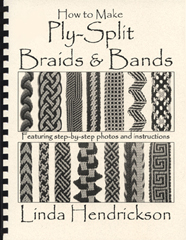
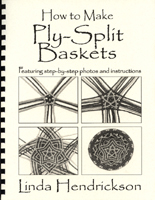
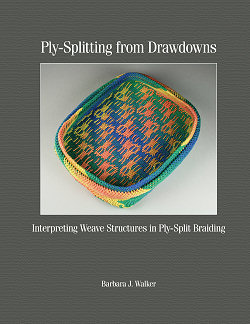

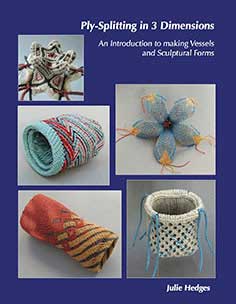
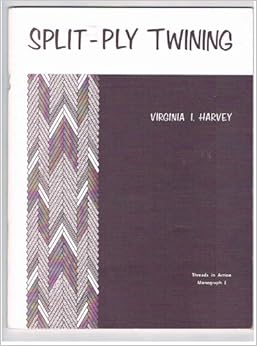
Some inspiring images of ply-splitting:

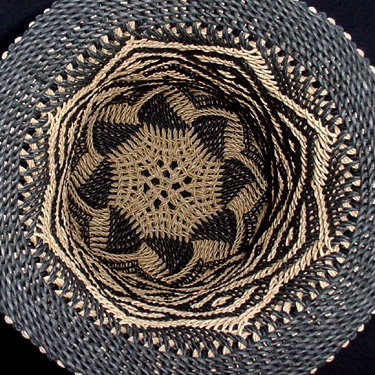


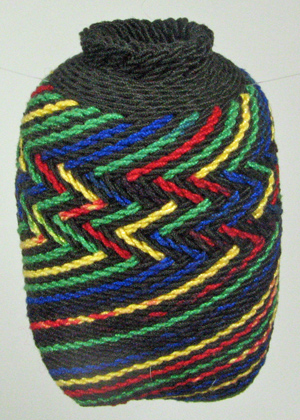

In my repertoire at the moment is only a single key chain (sample pic above), but I'm hoping to get to the point of designing my own baskets.
It's always good to have goals.
No comments:
Post a Comment